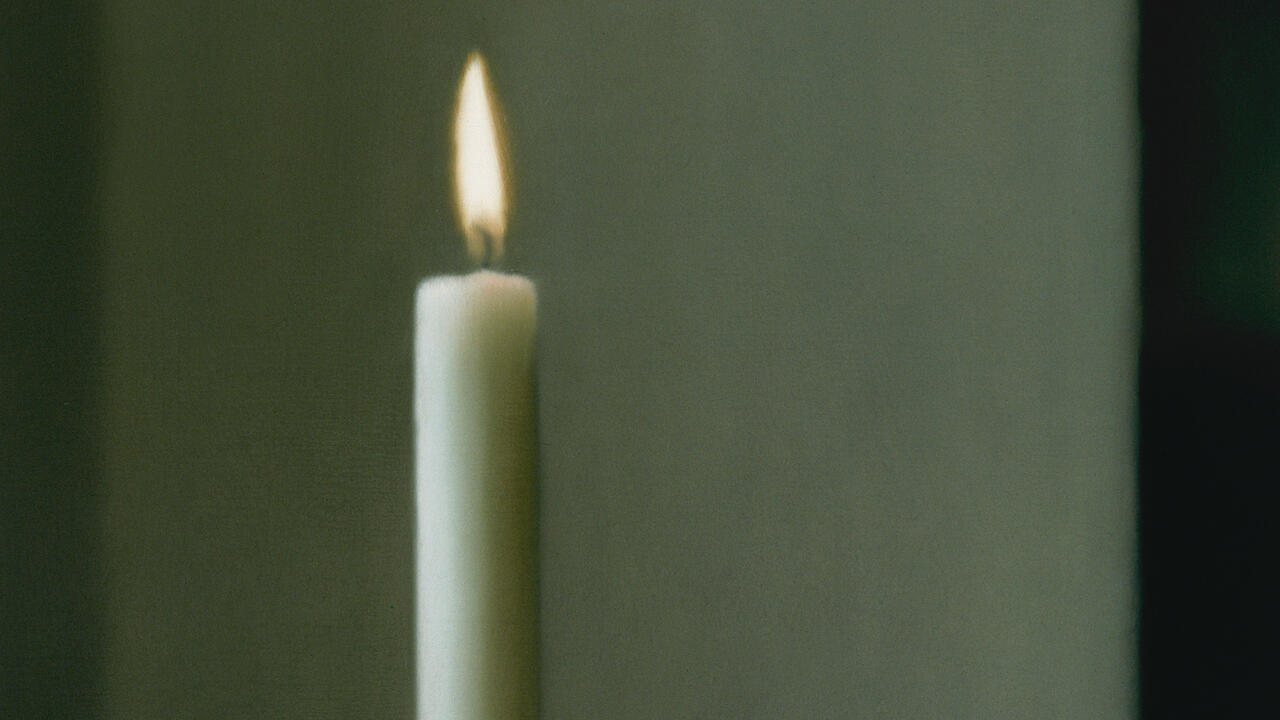Tue Greenfort
The board is perhaps knee-high. On it lie some greenery and shallow glass Petri dishes filled with liquid. The edge is marked by a line of Vaseline, no thicker than a strip of toothpaste. In the middle of this little arrangement stands a cube of pale plaster. Lift the lid of this object and the blobs and squiggles on the surface translate into a simple network of tunnels leading to tiny cavities: in the main hall of the Arnsberger Kunstverein, Danish artist Tue Greenfort set up a formicarium where a small colony of ants lived beneath the surface of a space measuring maybe two square metres. The insects didn’t behave quite as the artist expected on the basis of his research in the scientific literature – they tried to climb over the barrier, and they refused to eat – but that is all part of the piece.
The gallery’s windows offer views onto an elegant classical square. The era of Prussian rule, when the transformation of Arnsberg into a major administrative centre was organized from Berlin by Karl Friedrich Schinkel as Director of the Prussian Building Commission, graced this provincial town with important architectural relics. But the tree-lined square, whose few benches feel more like border markers than furniture, seems to invite visitors to look but not to touch. In a generous gesture Greenfort scattered a few concrete plinths, pieces of Brutalist seating from a nearby comprehensive school, setting them up opposite the vacant benches. At the edge of the square hung a yellow poster designed by the artist; a copy of a sign commonly seen in Germany stating ‘No entry. Parents are liable for their children.’ Except that it clearly states ‘Please enter’, as well as promising that children may do whatever they please. The fact that the artist also measured the underground car park located beneath Schinkel’s square by zooming through at breakneck speed on a mountain bike (a video documents this action) is in keeping with the anarchic flavour of the poster.
When Greenfort installs video-monitored bird perches near his Berlin gallery for the exhibition ‘Out of Site’ (2002) or directs ant trails through the exhibition spaces of this year's Istanbul Biennial, or (as at Schnittraum in Cologne) decapitates old bottles in such a way that they can be used as thick-sided drinking glasses (Mobile Trinkglaswerkstatt, Mobil Drinking Glass Workshop, 2003), his cheerful activism recalls both the direct political interventions of the 1970s and attempts during the 1990s to place art and science in a sculptural or visual relationship. The Haus für Schweine und Menschen (House for Pigs and Humans, 1997) developed by Carsten Höller and Rosemarie Trockel for Documenta was one such incunabulum, and the similarity to Greenfort’s elegantly Minimalist ant house is striking. But Greenfort, born in 1973, belongs to a different generation. His vision of nature is less earthbound, biological or scientific than television-influenced, by documentary films depicting the environment primarily as destroyed, the habitats of plants and animals as denatured and endangered. For Greenfort a latent aversion to interfering with creation is not the issue – if need be, he simply outwits it. A newspaper report according to which considerably more foxes now live in inner cities than in the forest became the point of departure for Daimlerstraße 38 (2001), a field test on a construction site in Frankfurt where he installed a trap baited with tinned sausages. The shy nocturnal hunters triggered the flash and the camera – a fair exchange, in the artist’s view: photos for food.
But it is not primarily the cycles of nature or diagrams of social connections that supply the patterns for these very different interventions – Greenfort looks for gaps that can be circumscribed and defined by means of actions. Where the city map shows a clean-cut, colour-coded mix of streets, plots, tunnels and bridges, for Greenfort a space such as the Arnsberg square breaks down into surfaces that can be used in quite different ways. Besides showing that one can change the world – at least a little – quite quickly, Greenfort’s works open up a panorama that, via intermediate usage, experimentation or improvisation, imbricates itself in niches and gaps without asking too many questions.














